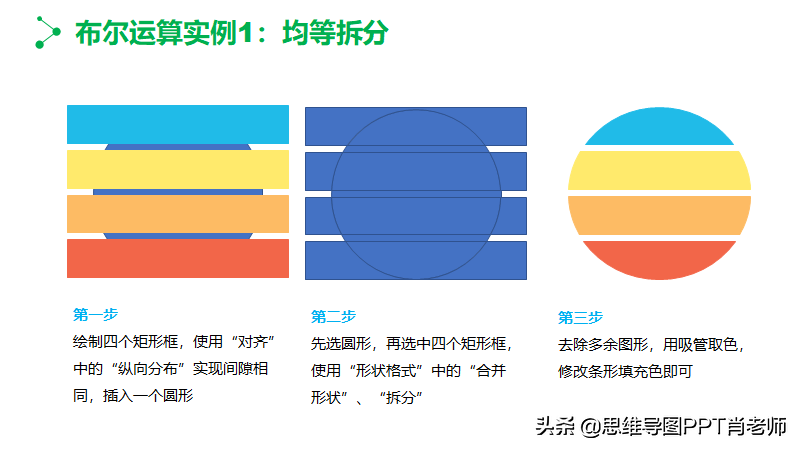Excel的二次开发有一极大的优势所在,可以结合用户的交互进行程序的运行,大量用户的交互,都是从选择对象开始,用户选择了单元格区域、图形、图表等对象,之后再进行程序代码的加工处理,生成用户所需的最终结果。
所以熟练处理选择对象,尤其关键,而在VBA里的使用方法,来到.Net中特别是C#语言下,就需要另外的代码处理,希望此篇的分享给VBA转VSTO的朋友们带来一些帮助指引。
在VBA中,判断一个Selection对象是什么类型的方法如下:
Sub test()
Dim sel
Set sel = Selection
If TypeOf sel Is Range Then
Debug.Print 1
End If
End Sub
在C#中,想引用TypeOf方法,就要引用VisualBasic的Dll,麻烦,其实在C#里,可以直接用 is 和 as 的语句来实现此类的判断。
结合Excel催化剂开发的判断选中Selection是区域还是形状来做图形调整的功能,给大家分享下源代码。
此代码中,用户选定的Selection对象,有三类
- 单元格区域,类型为:Range,只获取单元格区域下的形状。
- 多个形状,类型为:DrawingObjects,获取选中的多个形状。
- 单个形状,类型为单个形状下的类型,可能是Picture,自选图形、图表等,只获取此图形。
public static Dictionary GetShpInfos()
{
Excel.Range selRange = Common.ExcelApp.Selection as Excel.Range;
Dictionary dicShpInfo = new Dictionary();
if (selRange != null)
{
dicShpInfo = GetShpInfoBySelectRange(selRange);
}
else
{
Excel.DrawingObjects drawingObjects = Common.ExcelApp.Selection as Excel.DrawingObjects;
if (drawingObjects != null)
{
int shpCount = drawingObjects.ShapeRange.Count;
for (int i = 1; i <= shpCount; i++)
{
Excel.Shape shp = drawingObjects.ShapeRange.Item(i);
dicShpInfo.Add(shp, shp.TopLeftCell.MergeArea);
}
}
else
{
Excel.Worksheet actSht = Common.ExcelApp.ActiveSheet;
var selShp = Common.ExcelApp.Selection;
foreach (Excel.Shape shp in actSht.Shapes)
{
if (shp.Name == selShp.Name && shp.TopLeftCell.Address == selShp.TopLeftCell.Address && shp.BottomRightCell.Address == selShp.BottomRightCell.Address)
{
dicShpInfo.Add(shp, shp.TopLeftCell.MergeArea);
}
}
}
}
return dicShpInfo;
}
private static Dictionary GetShpInfoBySelectRange(Excel.Range selRange)
{
Excel.Worksheet actSht = selRange.Parent;
Dictionary dicShpInfo = new Dictionary();
if (selRange.Cells.Count > 1)
{
foreach (Excel.Shape shp in actSht.Shapes)
{
Excel.Range topLeftCell = shp.TopLeftCell;
Excel.Range bottomRightCell = shp.BottomRightCell;
Excel.Range shpRange = actSht.Range[topLeftCell, bottomRightCell];
if (Common.ExcelApp.Intersect(shpRange, selRange) != null)
{
dicShpInfo.Add(shp, shp.TopLeftCell.MergeArea);
}
}
}
else
{
foreach (Excel.Shape shp in actSht.Shapes)
{
dicShpInfo.Add(shp, shp.TopLeftCell.MergeArea);
}
}
return dicShpInfo;
}
结语
不积跬步无以至千里,Excel催化剂的大量功能,都是一点一滴地开发出来的,但愿这些开发过程中遇到的小细节,小坑小洼的分享,能够带给广大后来学习者一些指引。













